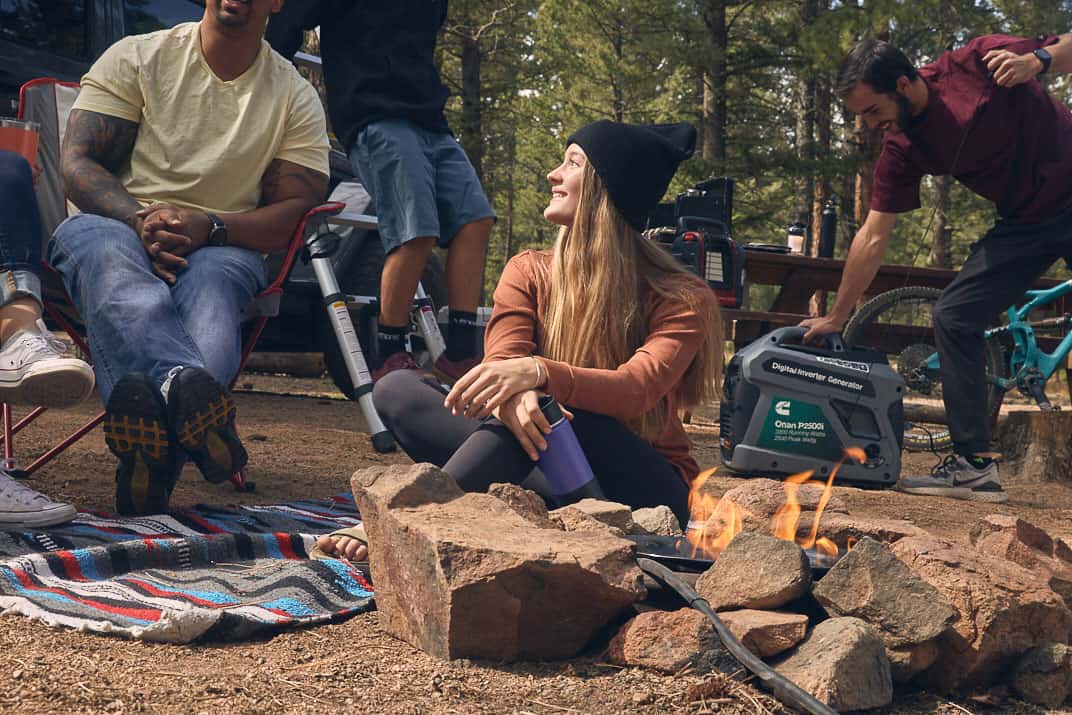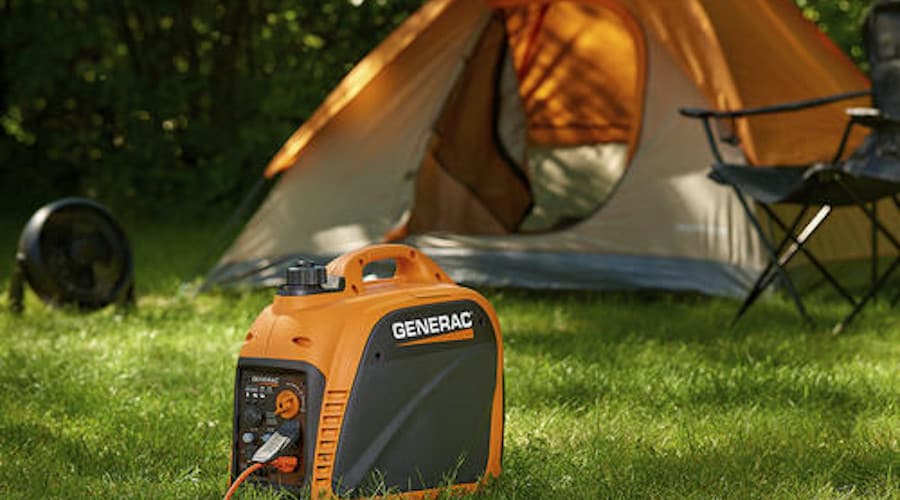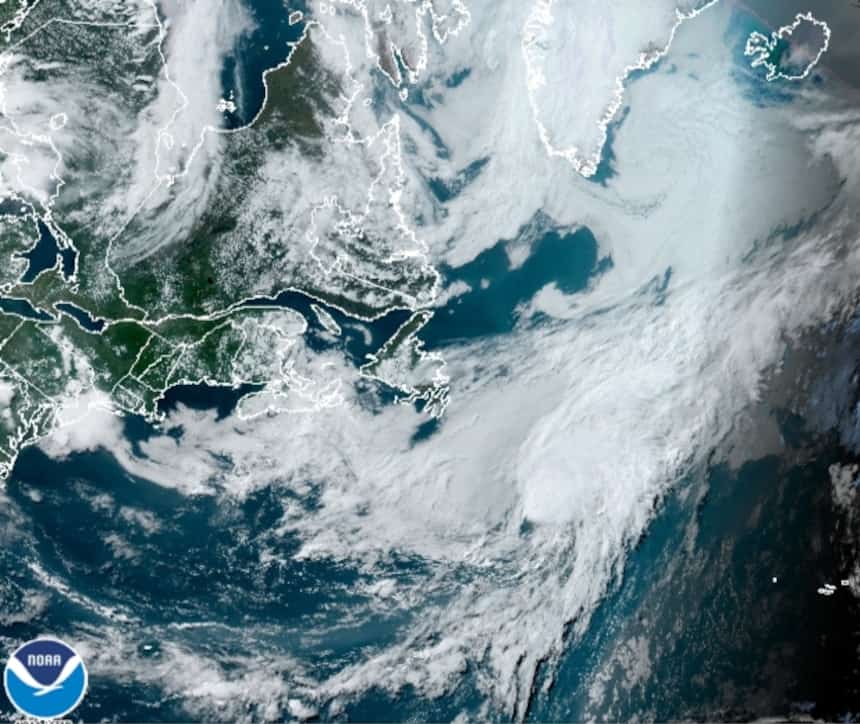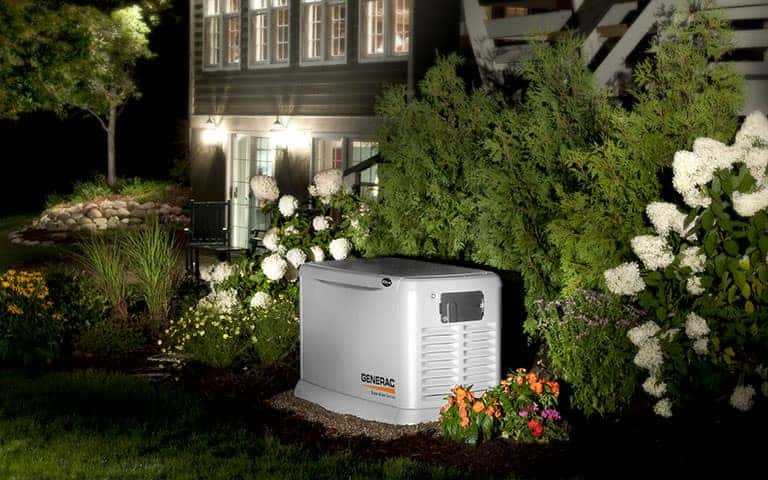Quiet & Fuel-Efficient Portable Generator Power for Camping Tailgating and RVing
June is America’s Great Outdoors Month and what better way to spend summer vacations and weekends than at your favorite campsite. Time spent getting away from it all helps you unwind and rejuvenate your spirit, but maybe you don’t want to abandon every connection to the everyday world. Having a few comforts certainly never hurt anyone, and not every campground provides electrical service to their campsites.
Maybe you don’t care so much for crowded campgrounds and have a different destination in mind. With so many places to choose from, why limit yourself to campsites that provide electrical power when you could bring your own and even save a few dollars in the long run.
Inverter Generators

A portable inverter generator can power coffee pots, fans, lights, and a lot more while making very little noise without gulping fuel.
Most portable generator engines operate at a fixed speed—usually 3600 RPM—to provide the 60 hertz alternating current required to operate regular household appliances. The frequency of the AC signal is dependent on the motor speed and as the demand for power increases, the engine works harder and uses more fuel to maintain the required speed.
Inverter generators work differently. The generating unit produces raw electrical power that is converted (rectified) to direct current similar to that provided by a battery. The direct current is electronically inverted (changed) into clean, 60 hertz alternating current at 115 volts. As the power demand increases or decreases, the engine speeds up or slows down as required to change the amount of power generated.
The end result is a quieter, more fuel efficient generator that provides a clean supply of electrical power that keeps even highly sensitive electronics operating.
Low Noise Levels
While a clean electrical signal and low fuel consumption are important features, your neighbors at nearby campsites won’t appreciate it if your generator is as loud as a big-city sidewalk. Inverter generators are exceptionally quiet compared to other generators, but they still provide plenty of power while using comparatively small amounts of fuel.
It might be going too far to say your neighbors will never hear your generator, but the right unit will make less noise than the average conversation taking place around the campfire. Westinghouse offers two models with a no-load noise level of 53dB. That’s just slightly higher than the background noise surrounding an office cubicle. At full load, the noise level bumps up to 59db which is almost as loud as normal conversation.
Campsite Power
 Inverter units are more powerful than you might think, but matching your needs to the generator is still important. Add up the total watts you need and choose the generator model that provides at least that much power with some left over. These inverter generators are quiet, fuel efficient, and can supply 120 volts AC for household appliances or 12 volts DC for charging batteries or operating 12-volt appliances.
Inverter units are more powerful than you might think, but matching your needs to the generator is still important. Add up the total watts you need and choose the generator model that provides at least that much power with some left over. These inverter generators are quiet, fuel efficient, and can supply 120 volts AC for household appliances or 12 volts DC for charging batteries or operating 12-volt appliances.
TVs, laptops, fans, and strings of small lights don’t use much power.
Coffee makers, small microwave ovens, ceramic heaters, and electric hair dryers need a little more power supplied by a generator that can furnish up to 3700 watts.
- Onan P4500i Electric Start 3700 Running Watts
- Champion 200955 – 3500 Running Watts
- Generac GP2200i 1700 running watts
- Powermate P2200i 1700 Running Watts
- Westinghouse iGen2200 1800 Running Watts
- Onan P2500i 2200 Running Watts
If you want power for your trailer-camper rooftop air conditioner and perhaps run a few other things at the same time, you’ll need to step up the power. These generators are a little heavier, but still quieter than most RV generators and they get the job done. Briggs and Stratton offers their P3000 PowerSmart with 2600 running watts and 3000 starting watts. It can even operate in parallel with another P3000 to double the available power.
Updated May 25, 2021

















